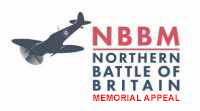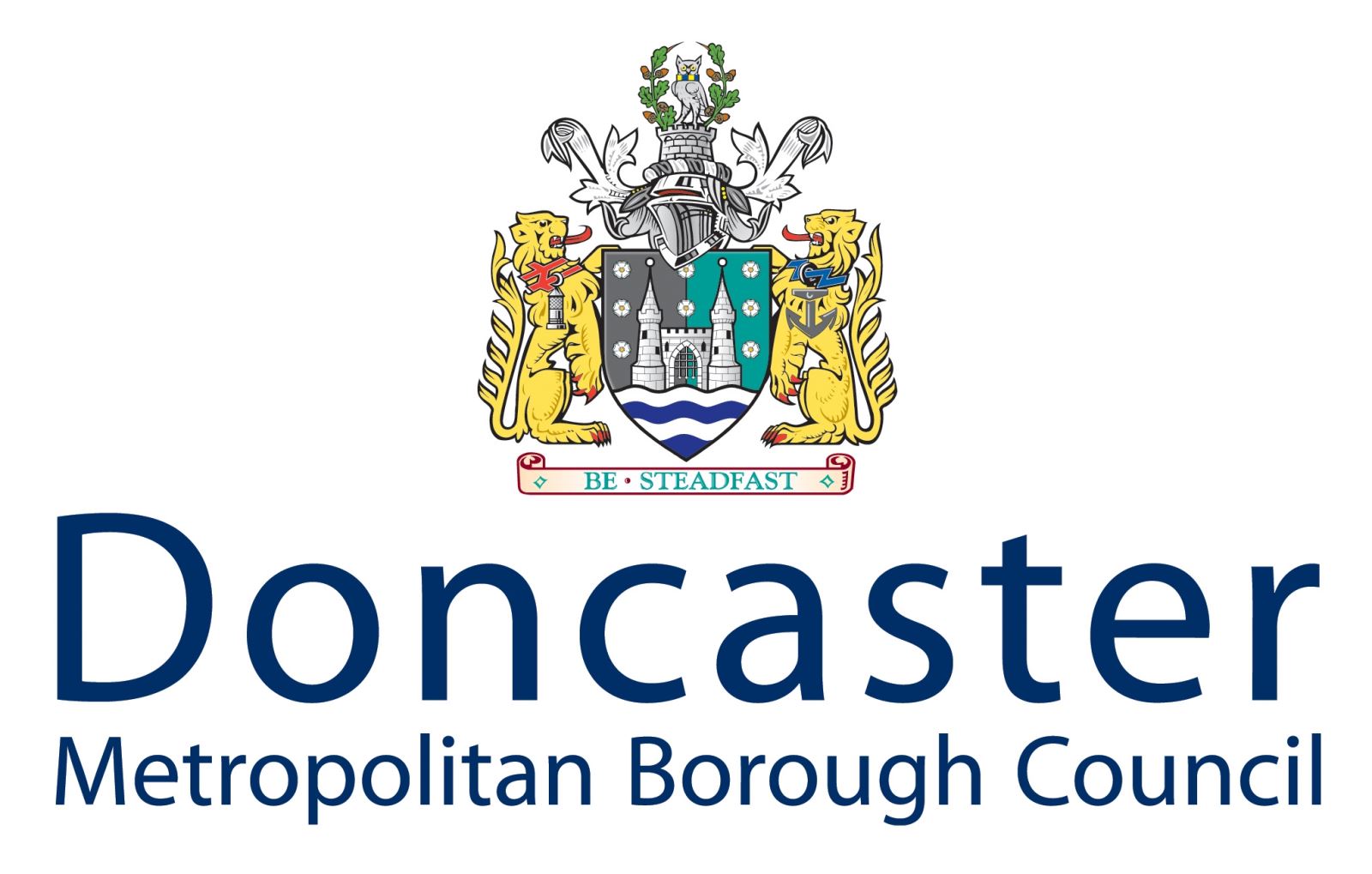[embedyt] http://www.youtube.com/watch?v=DifliMhfi58&width=720&height=435[/embedyt]
Why Doncaster ?
There are two other memorials in the UK, one on the Victoria Embankment in London, http://www.battleofbritainmemorial.org and one at Capel-le-Ferne, on the famous white cliffs between Dover and Folkestone in Kent http://www.bbm.org.uk/monumentnow.htm
All agreed that these two memorials serve the country well inspiring quiet reflection on the bravery and sacrifice shown by the aircrew who flew, fought and sometimes died in probably the most crucial battle fought by this country in the whole of the 20th century.
However, contrary to the belief of many the battle was not solely fought over the skies of southern England the squadrons based in the north of the country also played a major role.
With this in mind a suitable northern location for a memorial was sought and after lengthy discussions the Yorkshire town of Doncaster was chosen.
Doncaster has a long and distinguished aviation tradition that began when it hosted the countries first air races in 1909. By the 1930’s the town was home to regular European flights following the opening of one of the first purpose built airports in the country. On 1st November 1938 No. 616 (South Yorkshire) Squadron , Royal Auxiliary Air Force was formed at the Doncaster Airport.
616 Squadron achieved everlasting fame with its aircrew distinguishing itself over the beaches of Dunkirk before playing a major role in the Battle of Britain and the Normandy invasion. Many famous Battle of Britain pilots flew with 616 including top scoring Spitfire ace Johnnie Johnson, Doncaster born Hugh ‘Cocky’ Dundas and Buck Casson. In 1941 as part of the Tangmere Wing it came under the command of Wing Cdr Douglas Bader who coincidentally had his own links with Doncaster having lived on the outskirts of the town in the village of Sprotbrough.
After leaving Doncaster in 1939 616 was stationed at many airfields during its wartime service before returning to the town in 1946 to be based at RAF Finningley until 1955. It was eventually disbanded at RAF Worksop in 1957.
Despite its many postings both here in the UK and overseas the squadron’s spiritual home was and always will be Doncaster.
Today Doncaster’s aviation tradition continues with the commercial development of the former RAF Finningley now known as Robin Hood Airport. With a new terminal building and passenger support facilities the airfields hangars now house a service centre for executive jets, a business park and home to XH558 the last flying Avro Vulcan that was grounded in 2015.
Although its often forgotten Doncaster was at various times the location of a WW1 RFC airfield at Firbeck, a WW1/WW2 aircraft factory on Carr Hill, a heavy bomber and Northern Radar base at Lindholme, Number 1 Group HQ Bomber Command and RAF Meteorological Office at Bawtry Hall, and a missile defence site at Misson. It was also surrounded by a number of satellite airfields such as RAF Sandtoft during WW2.
When you consider the town’s aviation heritage aviation heritage coupled with its geographical position it would seem totally appropriate that it was chosen as the site for the Northern Battle of Britain Memorial. Links…..
www.southyorkshireaircraftmuseum.org.uk
http://battleofbritain1940.net/bobhsoc/index.html
http://www.raf.mod.uk/campaign/battle-of-britain-75th/
https://en.wikipedia.org/wiki/RAF_Bawtry
https://en.wikipedia.org/wiki/RAF_Lindholme
https://en.wikipedia.org/wiki/No._616_Squadron_RAF
http://www.raf.mod.uk/history/616squadron.cfm
https://en.wikipedia.org/wiki/Hugh_Dundas
https://en.wikipedia.org/wiki/Johnnie_Johnson_(RAF_officer)
http://www.rafmuseum.org.uk/research/online-exhibitions/douglas-bader-fighter-pilot.aspx





